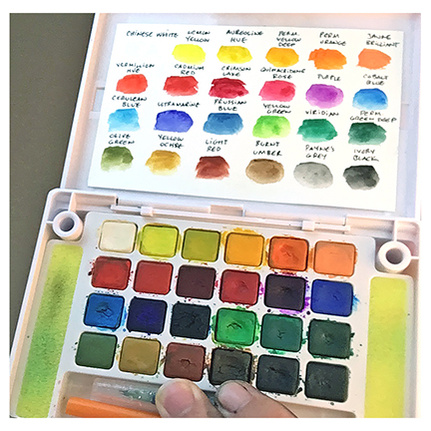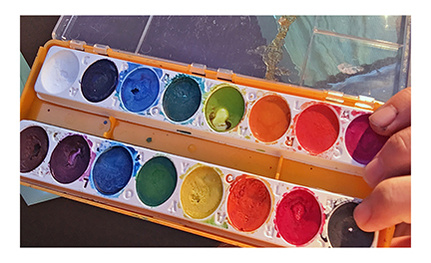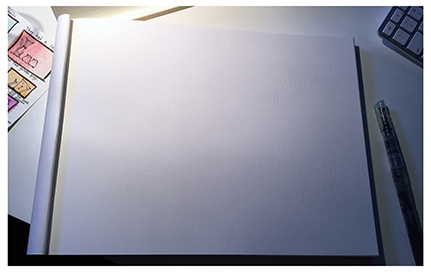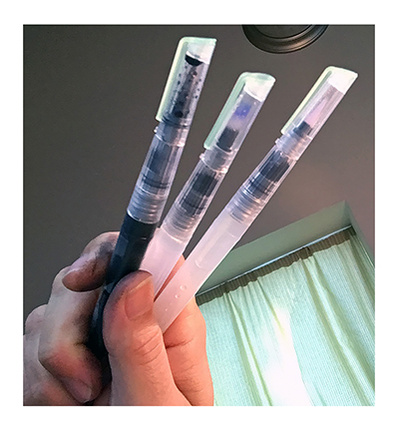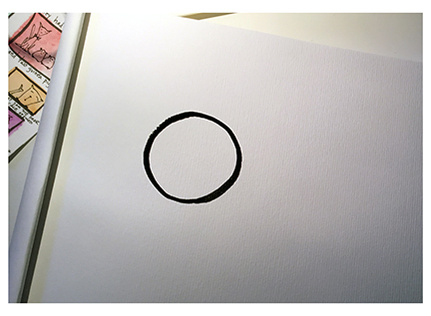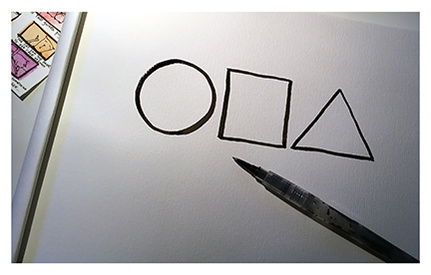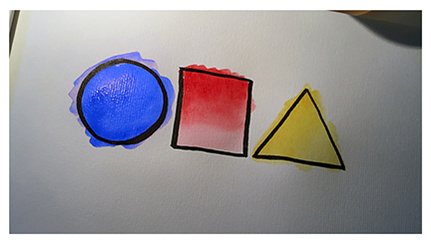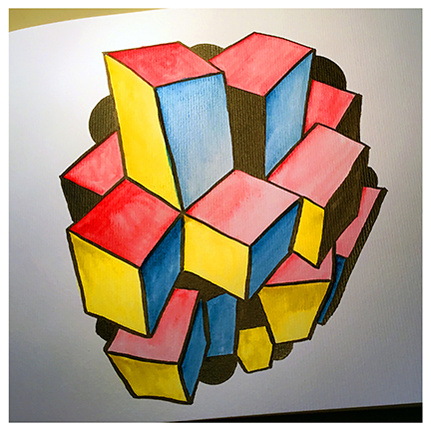Make Time for Art!
October 26, 2016“You can learn new things at any time in your life if you’re willing to be a beginner. If you actually learn to like being a beginner, the whole world opens up to you.” - Barbara Sher
When I was about 22 years old a friend took me to a Japanese restaurant for sushi. I’d never had it and was repulsed by the idea.
“Why not try it?” my friend asked, “You might hate it, but you might just love it!”
She was right – I hated it! Not because it wasn’t good, but because I’d already decided I wouldn’t like it. A year later, I went back to try it again. This time, I knew what to expect and asked questions. I learned that not all sushi was raw fish – there was cooked fish, raw fish, and some with no fish at all! I discovered the California Roll and from there, my love of all things sushi, now including raw fish.
In life, it seems the older I get, the less likely I am to try new things. The more foreign, the less likely. So, I’ve tried to be more proactive. I recently tried surfing and parachuting. They were indoor, but still exhilarating and fresh.
Our lives are so busy with work, kids, home, and more, that using our time for trivial hobbies seems wasteful. However, these hobbies can help make us more interesting, enhance social connections, help reduce anxiety and depression, and even liven up our work and family lives.
Some easy things you may consider trying:
- Learn to cook something you’ve never had before.
- Visit a music store and try new instruments: drums, banjo, or dulcimer
- Check out a local new place: a farm, school, or museum
- Make a journal, beginning with one random sentence per day
There’s a million ideas. For me, of course, I recommend trying art. It’s a relatively inexpensive investment into something you may enjoy for years.
My suggestion to try this weekend… don’t wait, don’t put it off! Enjoy!
1. Buy a cheap set of paints
You can buy a cheap set of Crayola paints for kids at any Target or Wal*Mart for under $5 bucks. If you want better, check out AC Moore or Michael’s.
2. Paper to paint on (watercolor paper).
You can paint on any paper really, but the results you get on writing or drawing paper will not make for a pleasant experience. I recommend a cheap pad of watercolor paper. It’s designed for this kind of paint and can cost about $5 bucks at AC Moore or Michaels.
3. Brushes. I recommend Water Brushes.
While a set of Crayola watercolors comes with a cheap plastic brush, you may want to buy something a bit better. For under $10 bucks you can buy a pack of basic brushes of varying sizes.
I really love Water Brushes (fill the body with water and squeeze to push water to the bristles to apply to the paint). I bought a package of three Water Brushes at Barnes & Noble for under $12. They’re convenient, easy to clean, and fun. I think Crayola makes them for kids, as well. AC Moore and Michaels had some, but I have not used them.
4. Start painting!
Once you have paint, paper, and brushes - and again, these can be as cheap or costly as you prefer - get a cup of water and find a quiet place to sit and GO!
5. What to paint? Basics shapes.
A blank page can scare any artist. Funny, but kids don’t hesitate when faced with a blank piece of paper. They dive in, no preconceived idea of “what” to draw or paint - they just do it. And that’s the idea. So, if you’re stuck, just start with the three primary geometric shapes: cirlce, square, and triangle.
6. Add a little color!
Whether using a pencil, pen, Sharpie, or paintbrush, once you get a shape or shapes on paper, you can simply paint away! You’ll be amazed at the wonderful transformation you see, and the feeling – the dopamine rush I’ve mentioned before – when you engage your brain in a new, creative exercise. For me, it happens everytime I start painting!
In color theory, shapes have corresponding colors: Circles are blue for constant motion and calm, like the ocean or sky; Squares are secure and alarming, just like red; Triangles are funny hats so they get the light fun of yellow. While there’s no rule saying we have to paint a certain way, color theory lends insight as to how shape and color affect things. It’s an amazing science, and if interested, check out the works of Johannes Itten.
Beyond the primary colors of blue, red, and yellow, you can mix them to get secondary colors (red + yellow = orange) and mix shapes (square + triangle = trapezoid) to get all kinds of interesting results.
What’s most fun is to not follow any rules, but just let yourself have fun and see where things go just by starting. It’s a form of meditation that can be uplifting and great for relaxation and self-exploration. The process is the fun.
Chances are that even if you don’t paint the next Mona Lisa, you’ll be thrilled in that you were willing to try something new.
And who knows, if you’ve never tried sushi, maybe you’ll be ordering unagi before you know it! Love, cheers, and thank you for reading!

